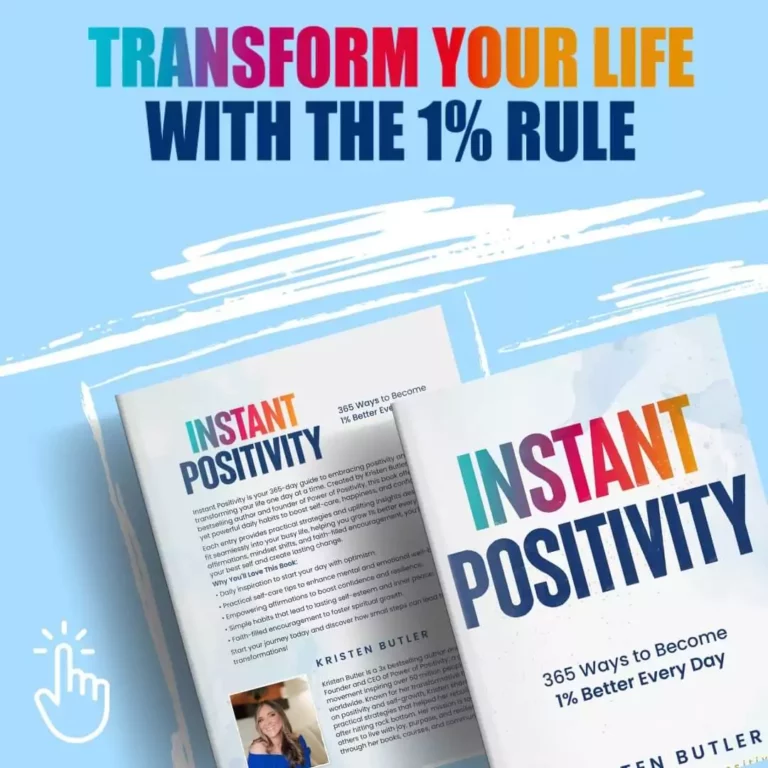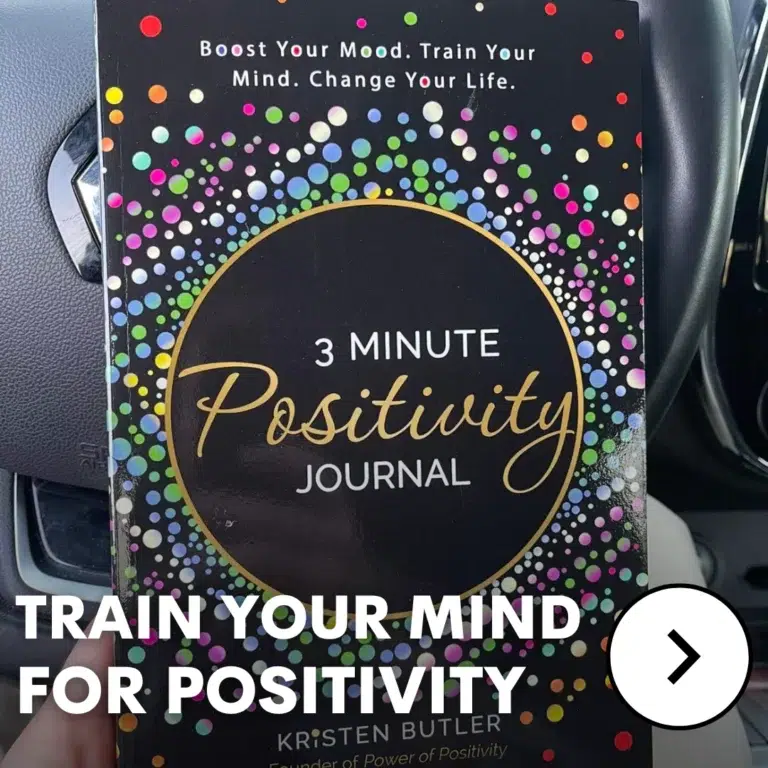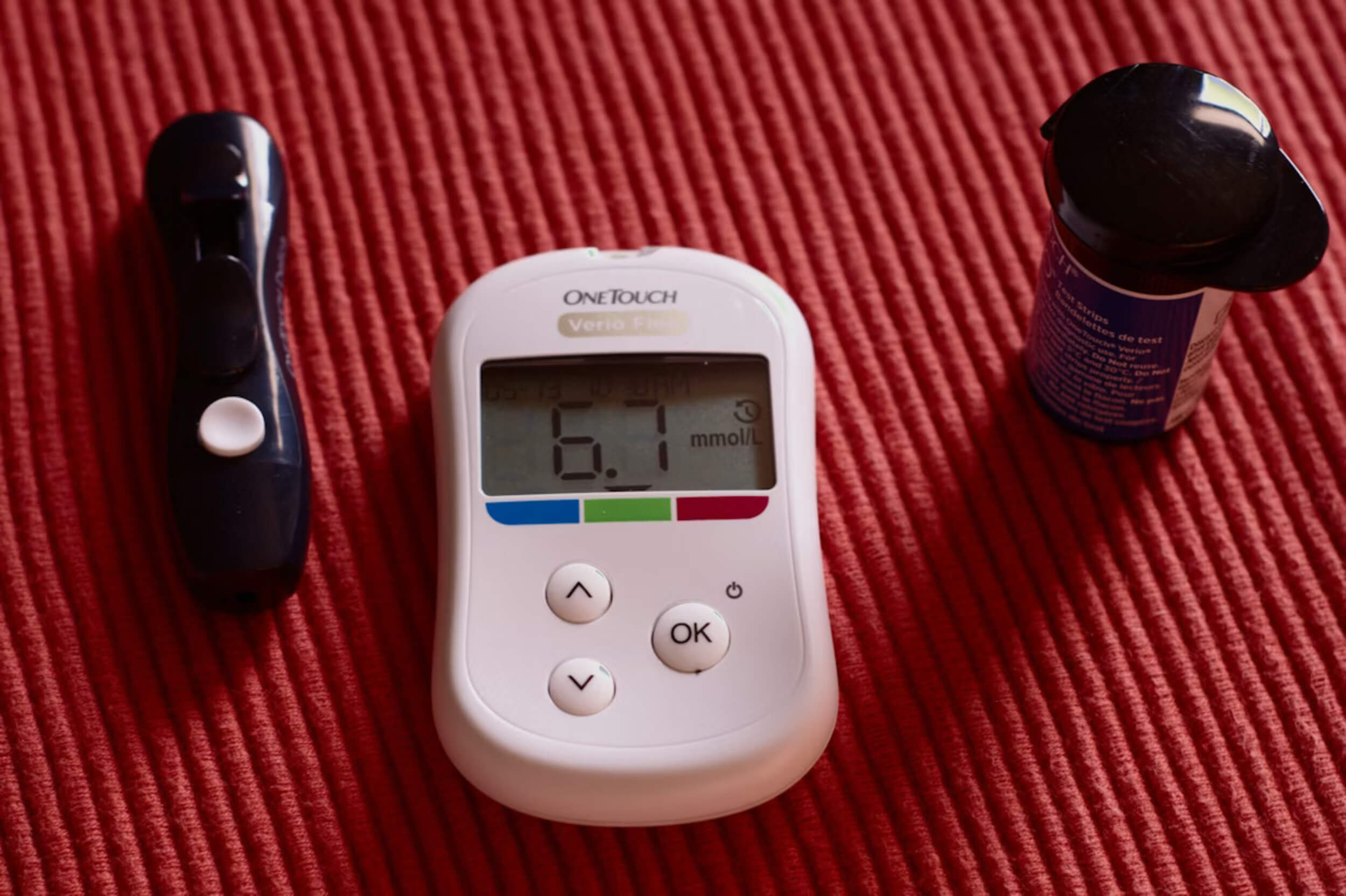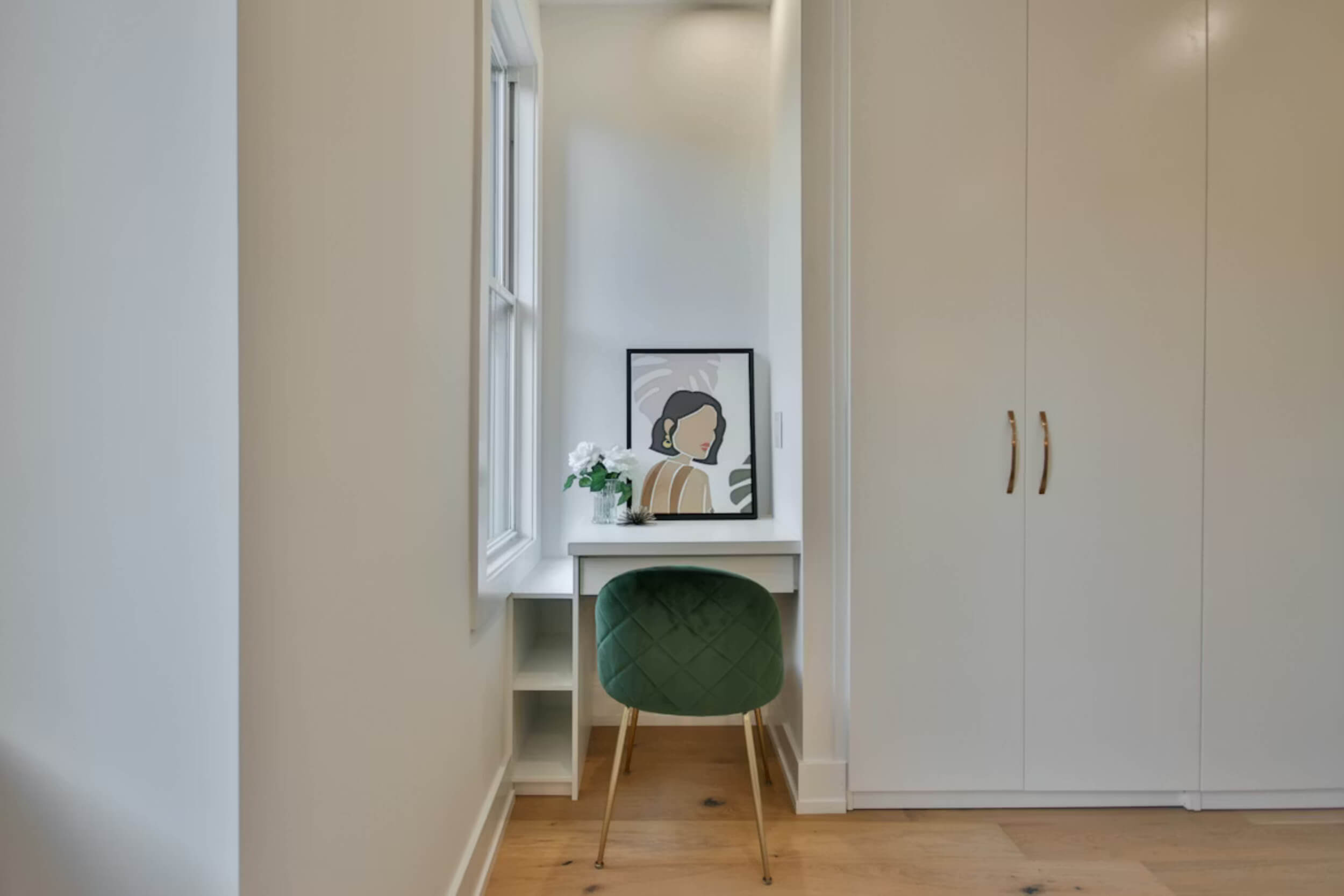Yoga often gets labeled as just stretching—but there’s a lot more going on beneath the surface. Behind the poses is a powerful tool that helps calm the mind, ease tension, and slow down racing thoughts. For people juggling busy days or constant pressure, yoga can feel like hitting the reset button.
Tight shoulders, shallow breathing, and restless sleep are all signs your body’s carrying too much. Yoga steps in as a quiet solution—helping you breathe better, feel clearer, and soften that mental load. No fancy gear needed. No need to touch your toes.
This isn’t about picture-perfect poses. It’s about what happens when your mind finally has room to relax. That’s where you find something bigger: freedom from stress. And once you feel that, you’ll want to keep coming back.
Understanding What Yoga Actually Is
Yoga isn’t just stretching or sitting still—it’s a mix of movement, breath, and quiet time that works together to calm both body and mind. You don’t need to be super flexible or spiritual to start. Here’s what yoga really includes:
The Three Core Parts of Yoga:
- Postures (Asanas): These are the physical movements and stretches that build strength and balance.
- Breathwork (Pranayama): Focused breathing that helps slow things down and brings your attention to the present moment.
- Stillness or Meditation (Dhyana): A few minutes of silence or focus that trains the brain to let go of stress.
Every style of yoga—whether it’s slow and soft or fast and flowing—rests on this same foundation.
Types of Yoga You Might Try:
- Gentle yoga like yin or restorative is perfect when your body needs rest.
- Active yoga like vinyasa or ashtanga helps when you feel restless or need movement.
- All forms help your nervous system reset, which supports that deep feeling of freedom from stress you’re looking for.
You don’t have to pick the “right” one. What matters is finding a pace and style that feels good in your body and gives your mind a break.
Why Yoga Is a Natural Stress-Buster
Stress shows up in the body before the brain catches on—tight shoulders, fast breathing, a constant sense of rushing. Yoga helps interrupt that pattern.
How Yoga Helps Your Nervous System Reset:
- It switches off the “fight or flight” response that keeps you tense and anxious.
- It turns on the body’s “rest and digest” system, which tells your brain and heart that you’re safe.
That alone can help you breathe easier and sleep better. But it goes even further.
Yoga Helps Lower Cortisol (Your Stress Hormone):
- Steady movement paired with deep breathing helps reduce cortisol levels.
- That means fewer stress symptoms like brain fog, mood swings, or feeling wiped out for no reason.
Over time, this consistent calming effect creates more than just a peaceful hour—it starts giving you real freedom from stress in everyday life.
You’re not just stretching your body. You’re re-training it to feel safe, balanced, and steady again.
Breathwork—The Most Underrated Part of Yoga
Many people skip over the breathing part of yoga, but it’s actually where the magic starts.
Why Breath Matters More Than You Think:
- Deep, slow breaths tell your brain that you’re not in danger.
- This helps lower your heart rate and relax muscles you didn’t even realize were tight.
A Simple Breathing Exercise to Try:
- Box breathing: Inhale for 4, hold for 4, exhale for 4, hold again for 4.
- Alternate nostril breathing: Breathe in through one nostril, then switch sides to breathe out.
You don’t need a mat or special clothes. You can use breathwork anytime—before a big meeting, when your chest feels tight, or right before sleep.
Every calm breath you take is a small step toward freedom from stress.
Poses That Calm the Mind and Body
Some yoga poses are designed to stretch. Others are made to settle your nervous system. The five below are perfect when your mind feels busy and your body feels heavy.
1. Child’s Pose
- Helps your body fold into itself and feel safe.
- Great when emotions feel overwhelming or you need a moment to pause.
2. Legs Up the Wall
- Gently lowers blood pressure.
- Calms racing thoughts and helps with sleep problems.
3. Seated Forward Bend
- Slows down your breath.
- Can quiet the mind, especially at night when stress lingers.
4. Bridge Pose
- A mild backbend that helps lift energy without overdoing it.
- Supports lower mood and fatigue.
5. Corpse Pose (Savasana)
- Usually done at the end of a session.
- Lying still on your back helps your body fully absorb that deep feeling of rest.
Each of these poses brings your body into a more restful state. With time, they help create the kind of freedom from stress that doesn’t just show up on the mat—it follows you into your day.
Yoga Builds Awareness—And That Builds Peace
Yoga isn’t just about movement—it’s also about learning how to notice what’s happening inside your body and mind.
What You Start to Notice:
- That your jaw tightens when you’re overwhelmed
- That your breath gets shallow when you’re overthinking
- That your shoulders rise when you feel rushed
This kind of body awareness gives you a chance to pause.
Signs You’re Building Peace Through Yoga:
- You catch tension before it spirals
- You respond calmly instead of snapping
- You feel more grounded, even when things are busy
Instead of feeling like stress controls your whole day, you begin to step outside of it. That’s how yoga helps you build habits of calm—one breath, one stretch, one moment at a time.
Conclusion: Stretch Less, Stress Less
Yoga gives you something that’s hard to find these days—a moment to slow down and just breathe. It teaches you how to relax your body, clear your head, and let go of the tension you didn’t even know you were holding.
This isn’t about perfect poses or being super flexible. It’s about feeling steady, quiet, and okay in your own skin.
When stress shows up, yoga shows you a way out. It reminds your body that it’s safe to soften—and that’s where the real freedom from stress begins.















